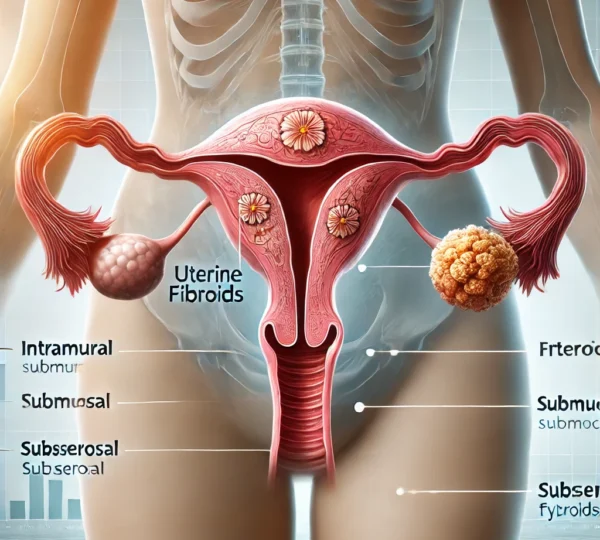Understanding Uterine Fibroids: How They’re Diagnosed
How Doctors Diagnose Uterine Fibroids
Uterine fibroids are non-cancerous growths that can cause various symptoms, such as heavy periods, pelvic pain, or pressure. While some women may not experience symptoms, others may find these issues interfere with daily life. Early diagnosis is crucial, and doctors use several tests and procedures to identify fibroids. Let’s explore how doctors diagnose uterine fibroids.
1. Pelvic Exam
The process usually begins with a pelvic exam. During this exam, your doctor will check your uterus and ovaries for irregularities. If fibroids are present, the doctor may be able to feel them.
However, keep in mind that small fibroids might not be detectable in this way, so doctors often recommend further testing.
2. Imaging Tests
If the pelvic exam suggests fibroids or if symptoms persist, doctors typically order imaging tests to gain a clearer view of the uterus. These tests help determine the size, location, and number of fibroids:
-
Ultrasound: This non-invasive test uses sound waves to create images of the uterus. It is quick, painless, and the most common method for detecting fibroids.
buy zithromax online https://dschnur.com/wp-content/uploads/2024/08/jpg/zithromax.html no prescription pharmacy
Thus, it’s often the first test doctors use. -
MRI (Magnetic Resonance Imaging): If doctors need more detailed images, they may recommend an MRI. This test provides high-resolution pictures of the uterus and surrounding organs, helping assess larger fibroids or determine their exact characteristics.
3. Other Procedures
Sometimes, doctors suggest additional procedures to confirm the diagnosis. These may include:
-
Hysteroscopy: During this procedure, doctors insert a thin, lighted tube (hysteroscope) through the cervix into the uterus. This allows them to directly view the inside of the uterus and check for fibroids.
buy flexeril online https://bvhpr.org/famed/photos/2023/jpg/flexeril.html no prescription pharmacy
-
Hysterosalpingography (HSG): This X-ray procedure involves injecting dye into the uterus, highlighting any abnormalities. It helps doctors identify fibroids or blocked fallopian tubes.
Conclusion
In conclusion, doctors use a combination of exams and imaging tests to diagnose uterine fibroids. If you experience symptoms like heavy periods or pelvic pain, it’s important to consult your healthcare provider.
Early diagnosis enables you to explore treatment options that can alleviate symptoms and improve your overall quality of life.
To seek medical advice, always consult a Doctor. Here are our recommended experts.
Click here
To read more on Women’s Health . Click Here



